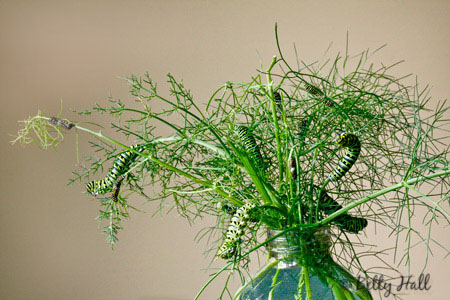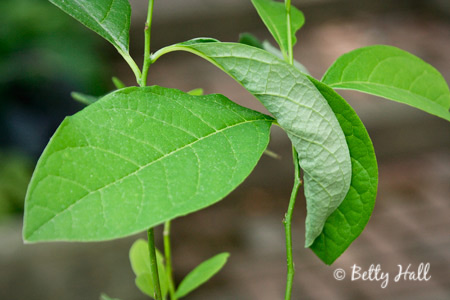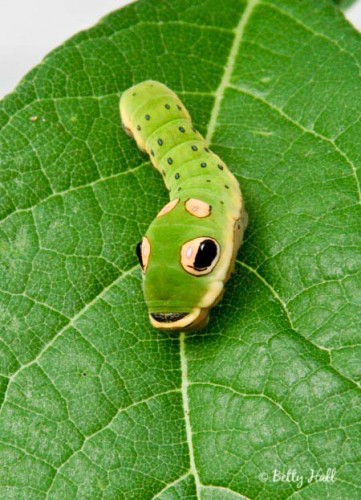Would you like a black swallowtail (Papilio polyxenes) caterpillar? I have an abundance and would be glad to share some with anyone in the Lexington, Kentucky area.
They are easy to care for and fun to watch. They eat parsley, dill, or fennel. If you are new at this, my tips for raising butterflies may be helpful.
I can’t be sure when these caterpillars will emerge as butterflies. Some of them may overwinter as chrysalises and emerge next spring. I put some in my garage last winter and they did fine. I plan to try some outside this winter.
If you are not interested now but would like to try raising caterpillars later, I’d be glad to put your name on a waiting list.
Please contact me for more information or to request a caterpillar.









